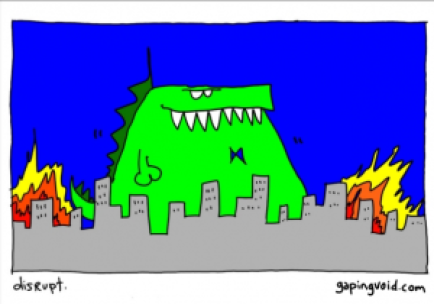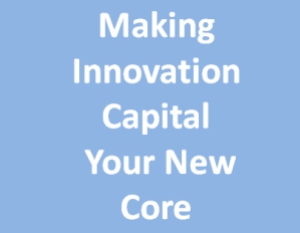 Each organization needs to understand its strategic resources to build continuously innovation, so as to sustain and grow the organization; otherwise, it will eventually die, starved of what is vital to sustaining itself.
Each organization needs to understand its strategic resources to build continuously innovation, so as to sustain and grow the organization; otherwise, it will eventually die, starved of what is vital to sustaining itself.
The resources provide the lungs that give oxygen; they need to constantly be nurtured, too breathe and pump new life into the existing.
For innovation the same applies, we need to consistently build our innovative resources, they give delivery of the healthy living cells to promote and sustain us in new value potential.
The problem is we often are not very good at maintaining our resources and innovation activity. We just simply do not sustain our efforts, we tend to allow them to drift along or become lopsided from one individual team’s efforts, while the others simply ‘wallow’ Continue reading “Delivering the innovation core: building capability, capacity and competency.”









